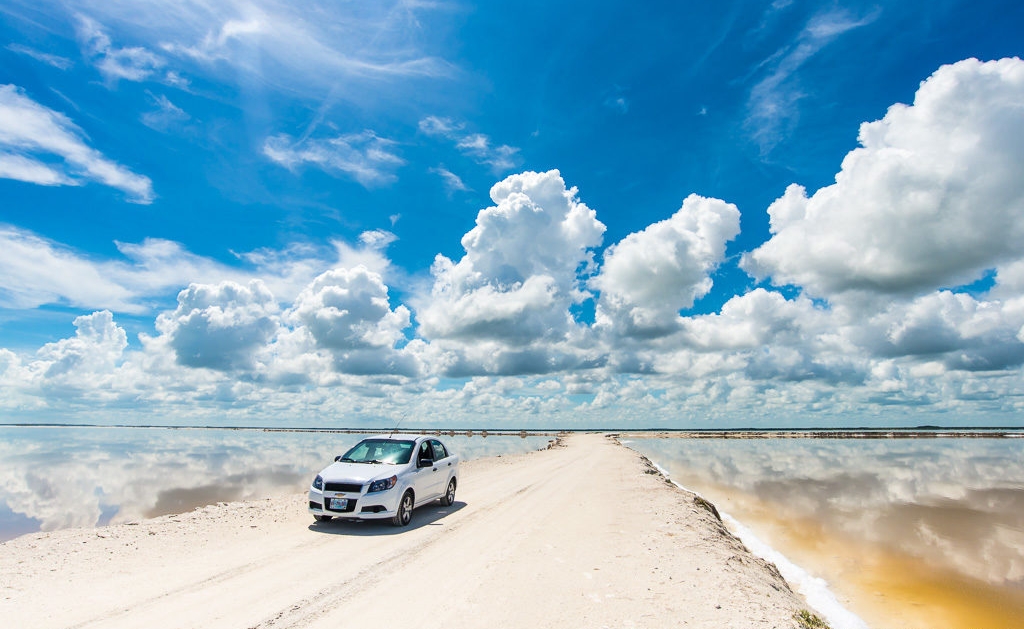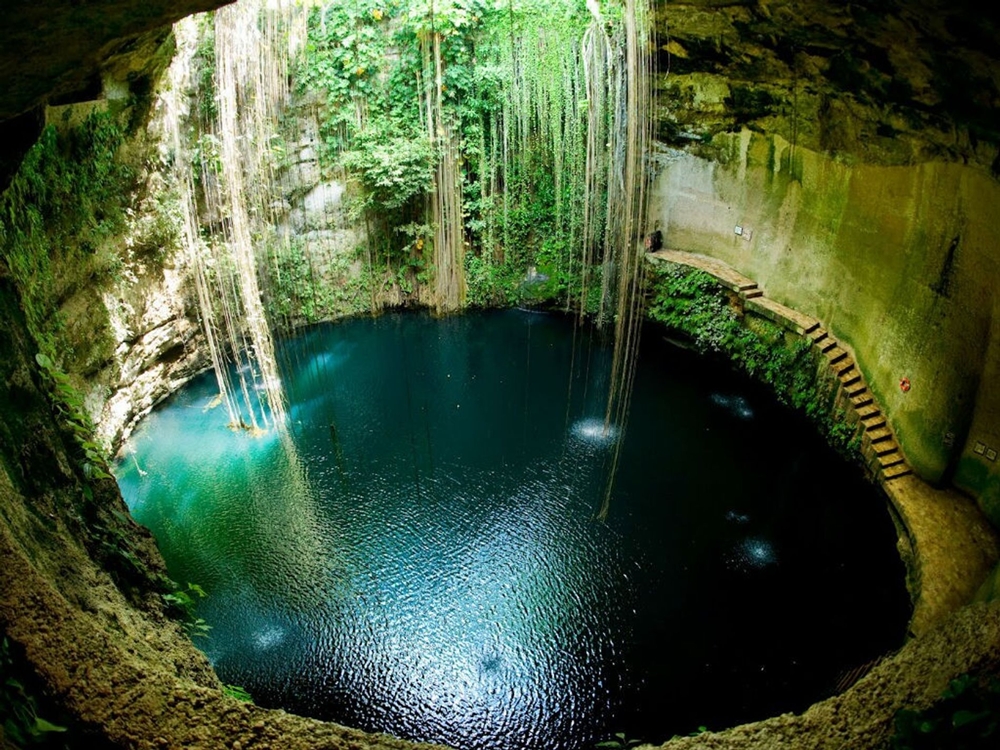Off-the-beaten-path Yucatan road trip adventures offer something magical that package tours simply can’t deliver. While millions flock to Cancun and Tulum each year, the real treasures of this incredible peninsula lie scattered across forgotten villages, secret cenotes, and remote archaeological sites that most tourists never see.
Did you know? Less than 3% of Yucatan’s archaeological sites are open to the public, meaning thousands of ancient Maya ruins remain hidden in the jungle, waiting to be discovered by intrepid travelers.
I’ll never forget stumbling upon a hidden cenote near the village of Homún, where local kids were cliff-jumping while their grandmother sold fresh coconuts under a makeshift palapa. No entrance fees, no crowds – just pure, authentic Mexico at its finest! That’s exactly what you’ll discover when you venture beyond the resort zones.
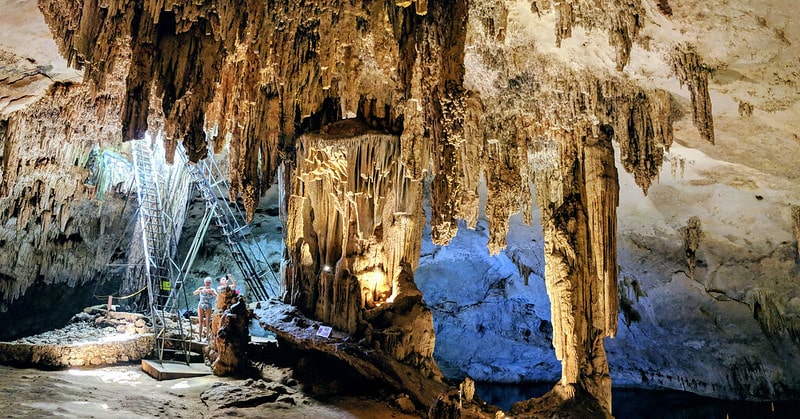
This comprehensive guide will take you through the most incredible hidden gems across the Yucatan Peninsula. From secret swimming holes to ancient ruins where archaeologists are still making discoveries, you’re about to embark on the adventure of a lifetime and go on a Yucatan road trip.
Also read: How To Get To Cenote Suytun: Complete Access & Transportation Instructions
Planning Your Secret Yucatan Adventure
Planning an off-the-beaten-path Yucatan road trip requires a different approach than your typical vacation. You’re not just booking hotels and checking off Instagram spots – you’re preparing for genuine exploration and cultural immersion.
Useful Info:
- INAH (Instituto Nacional de Antropología e Historia) – Official site for Mexico’s archaeological zones
- UNESCO World Heritage – Ancient Maya City of Uxmal
Best Time to Discover Hidden Yucatan Destinations
Timing is everything when you’re heading to remote locations during your Yucatan road trip. The dry season (November through April) offers the best conditions for exploring jungle roads and isolated cenotes. I learned this the hard way during my first trip in September when muddy roads made several secret spots completely inaccessible!
But here’s a local secret: May and October are actually fantastic months for authentic experiences. Sure, you might encounter some rain, but you’ll also find:
- Significantly fewer tourists at popular sites
- Lower accommodation prices, especially in small villages
- More opportunities to interact with locals who aren’t overwhelmed by crowds
- Lush, green landscapes that are absolutely stunning for photography

Essential Preparation for Remote Yucatan Exploration
Forget about GPS once you start venturing into traditional Mayan villages during your Yucatan road trip. I always recommend downloading offline maps and bringing a physical backup. Your smartphone might be useless when you’re 30 kilometers from the nearest cell tower, searching for that hidden archaeological site your local guide mentioned.
Pack smart for authentic experiences. A basic first aid kit, plenty of water, and some emergency snacks have saved my trips more times than I can count. And don’t forget a decent Spanish phrasebook – even basic communication opens doors to incredible local recommendations.
1. Discovering Secret Cenotes and Underground Wonders
The Yucatan Peninsula sits atop the world’s largest underground river system. While everyone knows about Gran Cenote and Dos Ojos, the real magic happens at cenotes that don’t even have names on tourist maps. When you go on a Yucatan road trip, you’ve got to check out these magical places.
Hidden Swimming Holes Away from Tourist Crowds
Cenote Yokdzonot changed my entire perspective on what authentic travel means. Located about 20 minutes from Chichen Itza, this community-owned cenote operates on a completely different model than the commercial sites. Local families take turns managing operations, and every peso goes directly back into the community This cenote was my favorite during my Yucatan road trip.
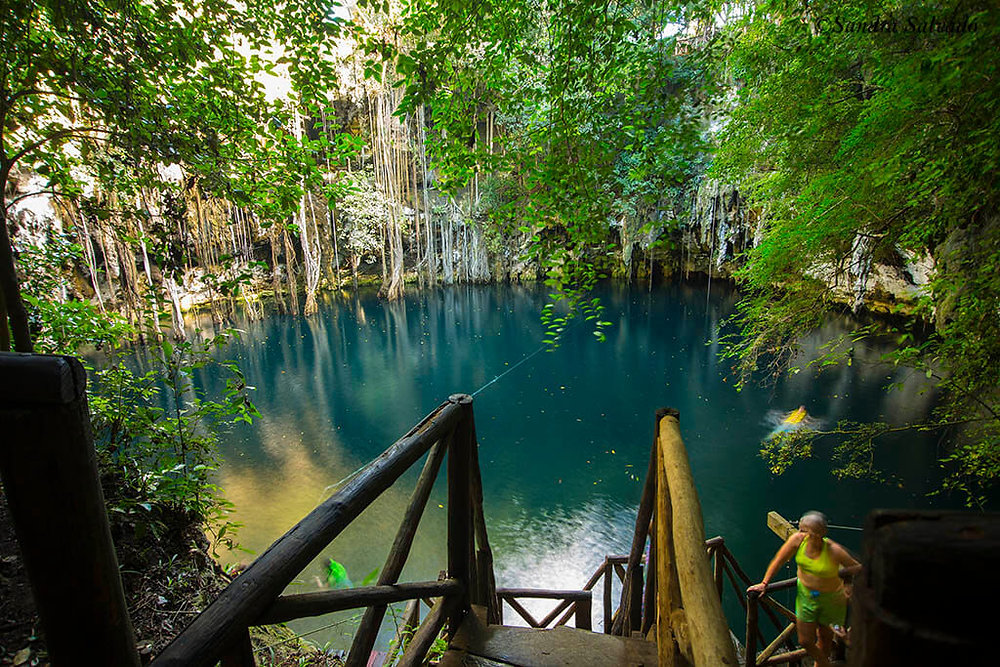
The cenote itself is absolutely breathtaking – crystal-clear water surrounded by stalactites, with shafts of sunlight creating natural spotlights. But what makes it special is the experience. The local guide, Don Carlos, shared stories about ancient Mayan ceremonies while his wife prepared fresh sopa de lima for lunch.
Another hidden gem is Cenote Suytun’s lesser-known chambers. Most visitors stick to the main platform for photos, but ask about the back caverns. You’ll need to bring your own flashlight, but the underwater formations are absolutely incredible.
Exploring Ancient Cave Systems
Have you ever wondered what it feels like to walk through a natural cathedral? If you are going on your Yucatan road trip, you’ve got to visit these ancient cave systems. Loltún Caves deliver exactly that experience, but with a twist – active archaeological research is still happening here.
These aren’t just pretty rock formations. Loltún served as a sacred site for the ancient Maya, and new discoveries are made regularly. During my last visit, the guide pointed out recent findings that suggested the caves were used for astronomical observations.
2. Uncovering Lesser-Known Maya Archaeological Sites
While Chichen Itza gets all the attention, some of the most significant archaeological discoveries in recent years have happened at sites you’ve probably never heard of. That’s where your off-the-beaten-path Yucatan road trip becomes truly extraordinary.
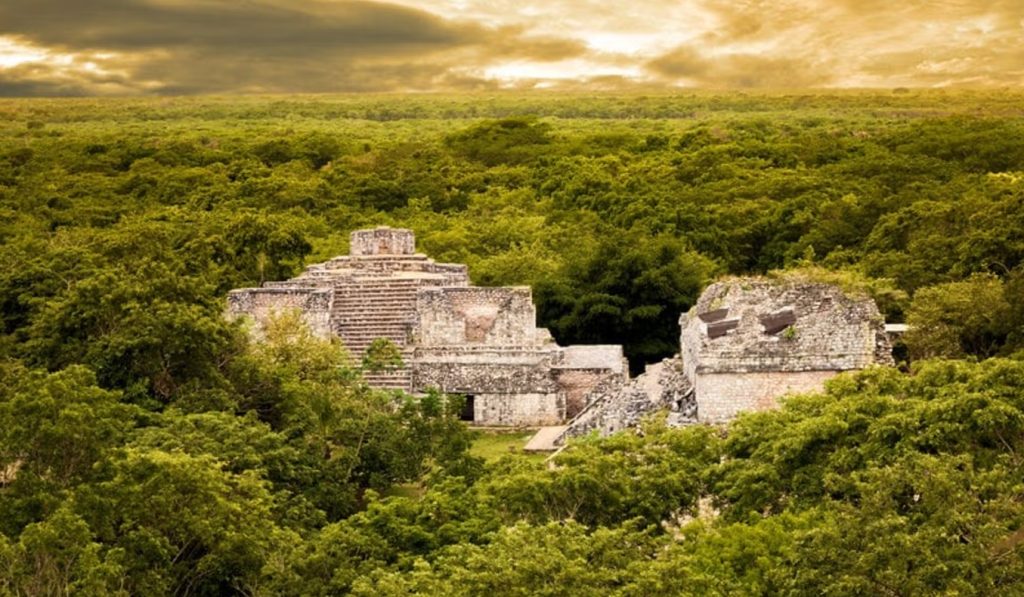
Remote Ruins with Active Archaeological Research
During your Yucatan road trip you need to check out Ek Balam. Ek Balam represents everything I love about authentic archaeological experiences. Sure, you can climb the main pyramid, but the real treasures lie in the site’s untouched sections where university teams are actively working.
I had the incredible opportunity to speak with Dr. María González, lead archaeologist on the Ek Balam project, during one of my visits. She explained how ground-penetrating radar had revealed entire complexes still buried beneath centuries of jungle growth. “We estimate we’ve only excavated about 15% of what’s actually here,” she told me.
What does this mean for travelers? You’re literally witnessing history being uncovered. Some days, you might see archaeologists making new discoveries. Other days, you might be among the first people in over 1,000 years to see newly revealed murals or sculptures.
3. Authentic Villages and Indigenous Communities
The heart of any meaningful Yucatan adventure lies in connecting with the communities that have called this land home for millennia. Traditional Mayan villages offer insights into a living culture that has adapted and thrived despite centuries of change.
Traditional Mayan Villages Off the Tourist Trail
If you are on your Yucatan road trip, you should check out the village of Mani. Maní completely challenged my assumptions about “traditional” versus “modern” Mexico. This isn’t a museum piece – it’s a thriving community where ancient traditions blend seamlessly with contemporary life.
The weekly market in Maní showcases this blend perfectly. You’ll find vendors selling handwoven huipiles alongside modern electronics, while traditional Mayan remedies sit next to conventional medicines. But it’s the food scene that really tells the story.
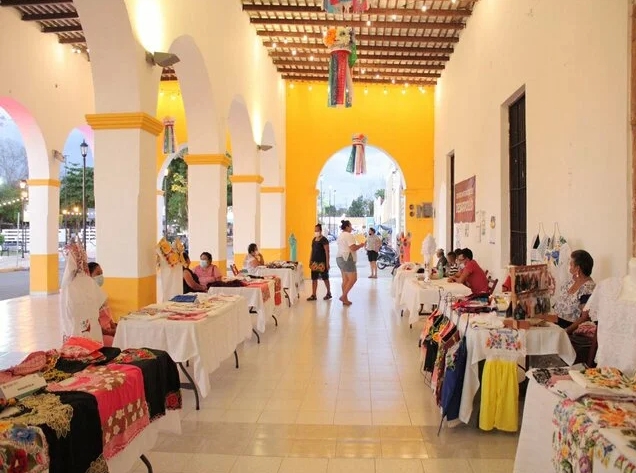
Doña Carmen runs a small cocina económica near the main plaza where she serves cochinita pibil the way her grandmother taught her – slow-cooked in banana leaves over an underground fire pit. The flavors are unlike anything you’ll taste in tourist restaurants because this isn’t cooking for visitors; it’s cooking for the community.
Learning Traditional Crafts and Cultural Practices
Ever wondered how those intricate Mayan textiles are made? During your Yucatan road trip go to Oxkutzcab. In Oxkutzcab, several local families offer weaving workshops where you can learn techniques passed down through generations.
I spent an afternoon with María Elena, learning to use a traditional backstrap loom. It’s incredibly challenging! What looks like simple weaving is actually a complex mathematical system where patterns represent everything from family histories to astronomical observations.
4. Hidden Natural Wonders and Wildlife Sanctuaries
Beyond the cultural treasures, Yucatan’s natural wonders offer some of Mexico’s most spectacular and least-crowded wildlife experiences. We’re talking about biosphere reserves where you might be the only tourists for miles.
Secret Biosphere Reserves and Flamingo Colonies
Ría Lagartos flamingo colonies create one of nature’s most incredible spectacles, but timing and local knowledge make all the difference. Most tours visit during peak heat when flamingos are less active. You’ve got to check out these flamingos when you go on your Yucatan road trip.
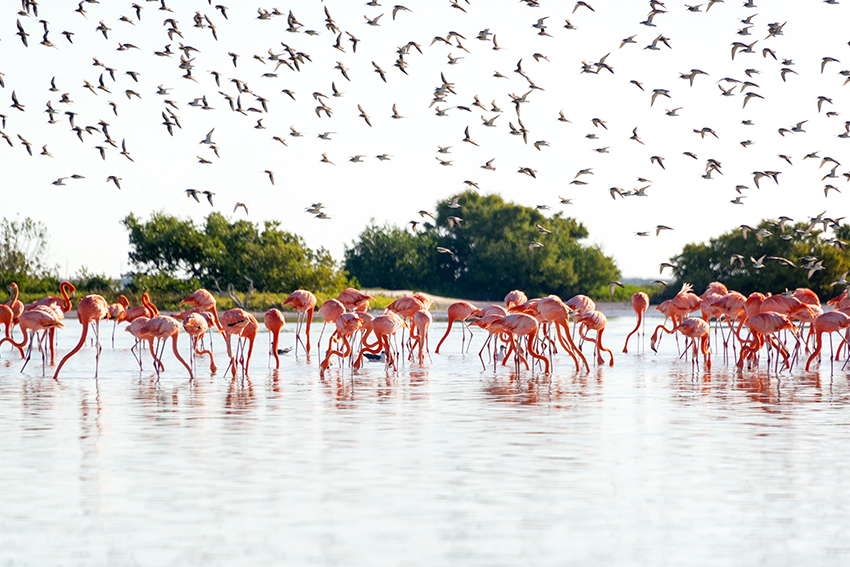
Local fisherman-turned-guide Esteban taught me the secret: early morning excursions when flamingos are feeding actively. We launched before sunrise, navigating through mangrove channels as the sky transformed from deep purple to golden orange. By the time we reached the main colony, thousands of flamingos were performing their elaborate feeding dance.
But here’s what most people miss – the incredible diversity beyond flamingos. We spotted crocodiles, countless bird species, and even a jaguar track along the shore. Esteban explained how the entire ecosystem depends on the delicate balance between fresh and salt water.
5. Savoring Authentic Local Food Culture
Can’t go on a Yucatan road trip without trying the local food. Forget everything you think you know about Mexican food. Yucatecan cuisine represents a unique fusion of Mayan, Spanish, and Lebanese influences that you simply cannot experience anywhere else in the world.
Traditional Family-Run Restaurants and Market Stalls
The best meals of your off-the-beaten-path Yucatan road trip won’t happen in restaurants with English menus. They’ll happen at family-run establishments where your order depends on what was fresh at the market that morning.
While you are on your Yucatan road trip, check out Izamal, too. In Izamal, I discovered Cocina Yoli, where three generations of women prepare traditional Yucatecan specialties in a converted family home. The papadzules here are life-changing – soft tortillas filled with hard-boiled eggs, covered in pumpkin seed sauce and tomato salsa.
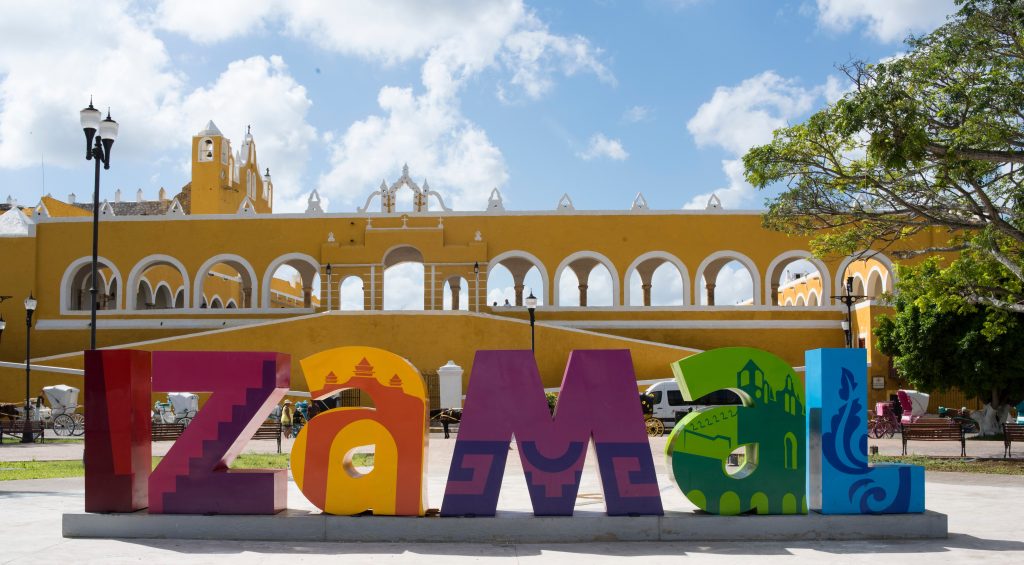
But the real revelation was learning about ingredients I’d never encountered. Chaya (Mayan spinach) must be boiled for hours to remove toxins, but it creates the most incredible green color and earthy flavor. Achiote seeds provide the distinctive red color in cochinita pibil, but they also contribute complex earthy and peppery notes.
Ancient Ingredients and Forgotten Recipes
During a cooking class in Teabo, I learned about pre-Columbian ingredients that are still used in traditional Yucatecan cooking. Have you ever tasted sikil pak? This pumpkin seed dip predates Spanish colonization and provides insight into ancient Mayan nutrition.
The class was taught by Doña Rosa, whose knowledge extends far beyond recipes. She explained how different ingredients were chosen based on seasonal availability and nutritional needs. For example, lima beans were planted specifically to complement corn’s amino acid profile, creating complete proteins.
6. Unique Off-Grid Accommodation Experiences
Where you sleep can transform your entire travel experience. Instead of generic hotels, consider accommodations that connect you directly with local communities and natural environments.
Community-Based Eco-Lodges and Homestays
The Maya Ka’an community tourism project near Felipe Carrillo Puerto offers something genuinely special – accommodation managed entirely by local families with profits supporting community development projects.
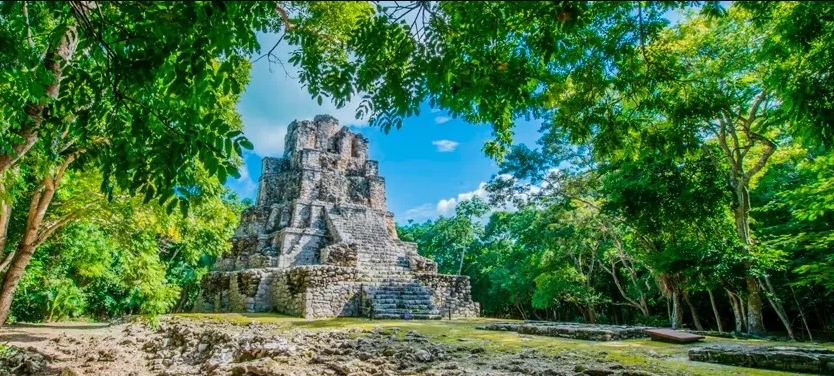
My cabin was basic but comfortable, with solar power and a composting toilet. But the real luxury was the experience – morning bird walks with community guides, evening storytelling sessions around the fire, and meals prepared using ingredients from the community garden.
The program supports local families while preserving traditional knowledge. During my stay, I learned about medicinal plants from community elders and participated in a reforestation project that helps protect local water sources.
Sample 7-Day Off-the-Beaten-Path Yucatan Road Trip Itinerary
Ready to put all this knowledge into action? Here’s a detailed itinerary that balances authentic experiences with practical logistics, perfect for your off-the-beaten-path Yucatan road trip.
Days 1-2: Western Yucatan’s Hidden Colonial Towns
When you go on your Yucatan road trip, start in Mérida, but don’t linger. Head immediately to Izamal, the “Yellow City,” where every building is painted in vibrant golden hues. Spend your first night in a converted colonial mansion near the main square.
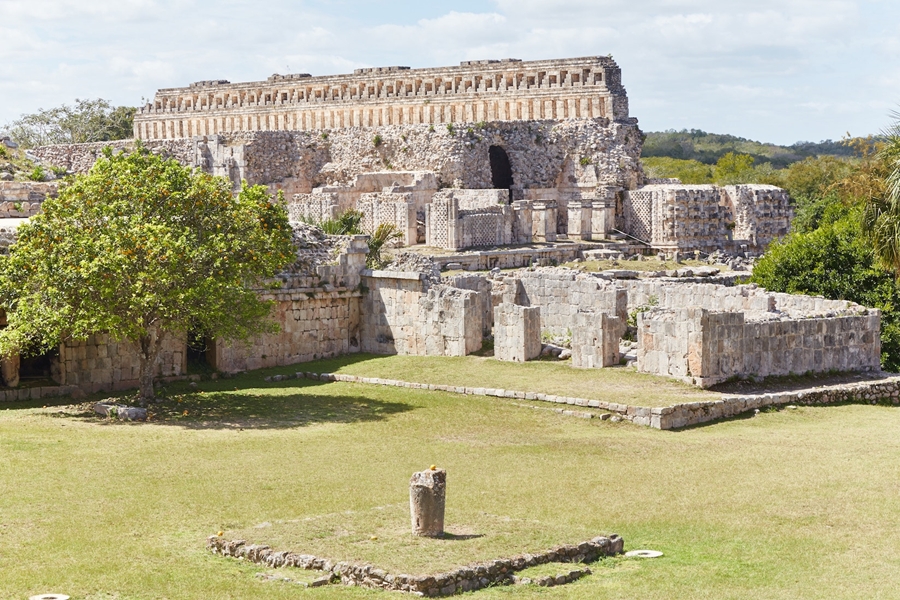
Day two of your Yucatan road trip, drive to Maní via the Ruta Puuc, stopping at lesser-known archaeological sites like Kabah and Sayil. These sites receive a fraction of Uxmal’s visitors but offer equally impressive architecture and much more peaceful exploration opportunities.
- Overnight: Casa Colonial in Izamal
- Key experience: Traditional weaving workshop
- Hidden gem: Cenote Sambulá near Motul
- Local food: Sopa de lima at Kinich restaurant
Days 3-4: Central Yucatan’s Archaeological Treasures
Venture into the heart of Maya territory with overnight stays in Pisté, near Chichen Itza. But skip the crowds at the main site initially. Instead, explore Ek Balam early morning when archaeological teams are often working.
Spend day four at lesser-known sites like Yaxunah, where ongoing excavations offer opportunities to witness active archaeology. This is where that off-the-beaten-path magic really happens – you might be among the first people to see newly discovered murals or sculptures.
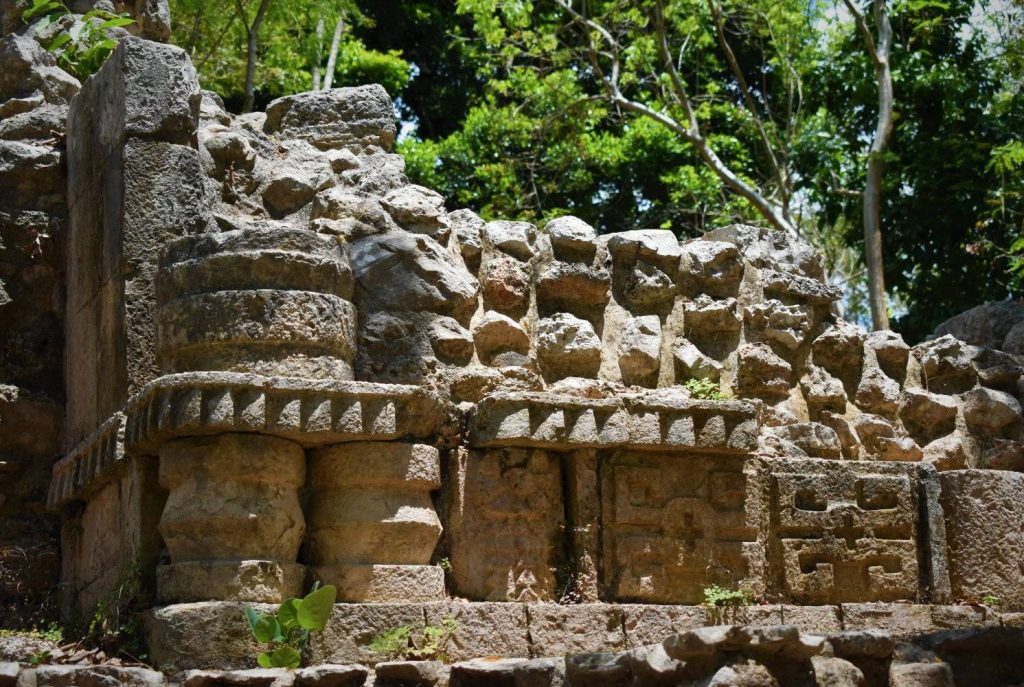
Days 5-7: Eastern Coast’s Natural Wonders
Yucatan road trip from day 5 transition from cultural immersion to natural wonders with three days exploring the eastern coast’s hidden gems. Base yourself in Río Lagartos for flamingo watching and mangrove exploration.
Your final days should include swimming in remote cenotes, visiting traditional fishing villages, and perhaps camping on secluded beaches where you’ll fall asleep to the sound of waves and wake up to spectacular sunrises.
Responsible Travel and Supporting Local Communities
Your off-the-beaten-path Yucatan road trip can make a positive impact on the communities you visit. Understanding how to travel responsibly ensures that these hidden gems remain accessible and beneficial for local people.
Ethical Spending and Community Support
Every peso you spend is a vote for the kind of tourism you want to support. Choose community-owned restaurants over international chains, buy handicrafts directly from artisans rather than souvenir shops, and select accommodations where profits stay within local communities.
I’ve learned that asking questions about ownership often leads to fascinating conversations and better recommendations. That family-run cenote or local guide might not have a website, but they offer experiences that big tourism companies simply cannot replicate.
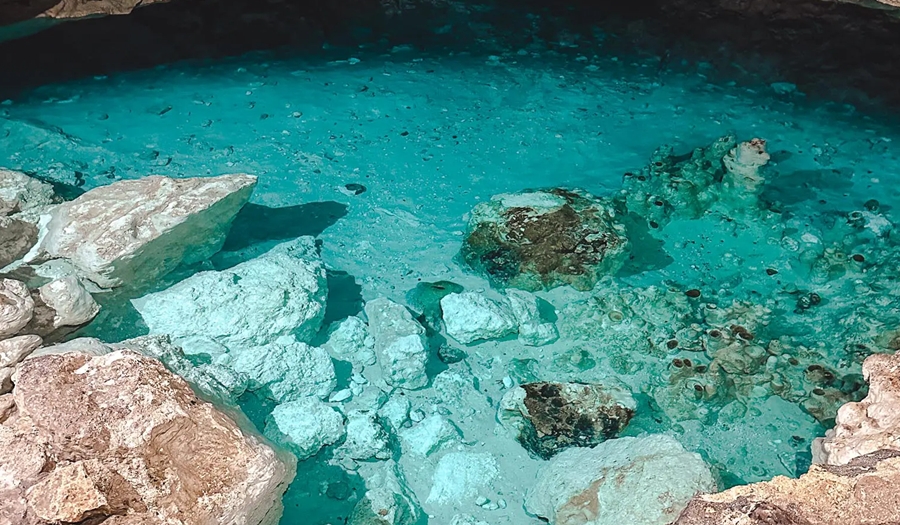
The most rewarding travel experiences happen when you step away from the beaten path and embrace authentic connections with people and places. Your off-the-beaten-path Yucatan road trip awaits – filled with secret cenotes, hidden archaeological wonders, and cultural experiences that will change your perspective on what travel can be.
Pack your sense of adventure, brush up on your Spanish, and prepare for a Yucatan road trip journey that reveals the real Yucatan Peninsula. The hidden gems are out there, waiting for travelers bold enough to seek them out!
FAQ: Yucatan Road Trip – Hidden Gems & Local Secrets
What makes a Yucatan road trip unique?
A Yucatan road trip offers the chance to explore beyond the typical tourist spots. Instead of crowded beaches and resorts, you’ll discover hidden cenotes, remote archaeological sites, and authentic Mayan villages. It’s about immersing yourself in the culture and natural beauty of the region.
When is the best time to embark on a Yucatan road trip?
The dry season, from November to April, is ideal for a Yucatan road trip due to favorable weather and accessible roads. However, May and October also offer unique experiences with fewer tourists, lush landscapes, and opportunities for deeper cultural interactions.
How should I prepare for a Yucatan road trip?
Preparation is key for a successful Yucatan road trip. Download offline maps, carry a physical map as a backup, and bring essentials like a first aid kit, water, snacks, and a Spanish phrasebook. Some remote areas may lack cell service and amenities, so being self-sufficient is important.
Are there lesser-known cenotes worth visiting?
Absolutely! While popular cenotes are well-known, hidden gems like Cenote Yokdzonot offer a more authentic experience. Managed by local communities, these spots provide tranquility and a chance to support local initiatives.
Is it safe to drive during a Yucatan road trip?
Driving in the Yucatan is generally safe, with well-maintained roads connecting major towns. However, when venturing off the beaten path, be cautious of unpaved roads and limited signage. Ensure your vehicle is in good condition and always inform someone of your travel plans.
What cultural experiences can I expect?
A Yucatan road trip immerses you in rich Mayan culture. From visiting ancient ruins to participating in local festivals and tasting traditional cuisine, you’ll gain insights into the region’s history and traditions.
How can I support local communities during my trip?
Engaging with community-run attractions, purchasing handmade crafts, and dining at local eateries are excellent ways to support the economy. These interactions also enrich your travel experience, offering genuine connections with residents.

